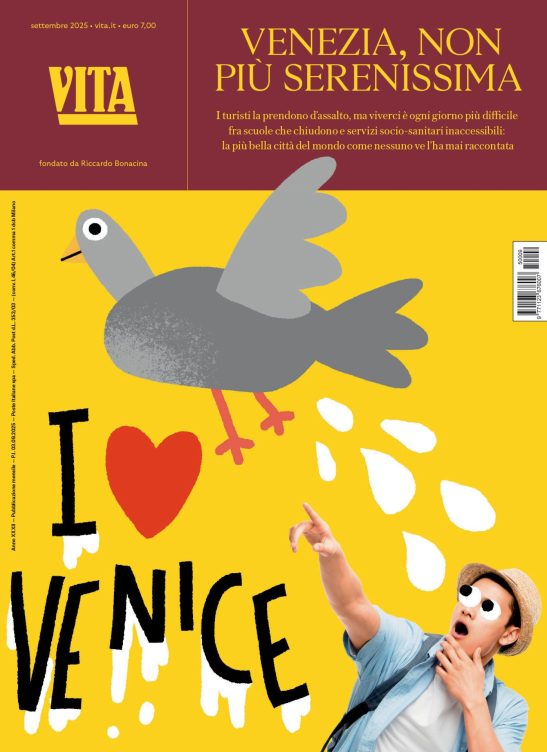Mondo
UK: Report reveals fall in charity giving
The UK Giving 2007 report reveals that the UK population gave £9.5 billion to charities in 2006/07, which is 3% lower than the previous year.
The UK Giving 2007 report, published by the National Council for Voluntary Organisations (NCVO) and the Charities Aid Foundation (CAF), reveals that the UK population gave £9.5 billion to charities in 2006/07, which is 3% lower than the previous year.
However the report points out positive signals: the total amount given through regular methods, such as direct debits, increased from 22% of all donations in 2004/05 to 29% in 2006/07 and the average amount that each donor gives every month also went up, from £28 in 2005/06 to £29 in 2006/07. The figures also highlight an increase in giving to religious causes.
Stuart Etherington, Chief Executive of NCVO, said:
?We don?t know yet if this is just a blip, rather than a trend of people becoming less generous to charity. Individual donations play a huge role in funding the work that charities carry out in our communities, so we hope that worries such as increasing debt and rising house prices won?t put people off giving to the causes that need them.?
The report also underlines differences in the way men and women give to charity: married people are more generous and well disposed to give, in this group women are the most likely to give; on the contrary single men are the least likely to give and the least generous while single women are more likely to give to animal charities.
Dr Sylke V. Schnepf of the School of Social Sciences at the University of Southampton said:
?What this research shows is that women are more likely to give, and are also more generous with their gifts. Even though men give on average more than women, that is only because a small number of men give very large amounts. Out of all the people who give, 90 % of single women donate more than single men. This pattern remains the same if we take into account differences between men and women in income, age, education, profession and family structure.
?As a result, it must be other characteristics or attitudes that explain the gender gap in giving, for example, women are on average more concerned about poverty in poor countries than men.?
The full report www.ncvo-vol.org.uk, www.cafonline.org
Si può usare la Carta docente per abbonarsi a VITA?
Certo che sì! Basta emettere un buono sulla piattaforma del ministero del valore dell’abbonamento che si intende acquistare (1 anno carta + digital a 80€ o 1 anno digital a 60€) e inviarci il codice del buono a abbonamenti@vita.it
